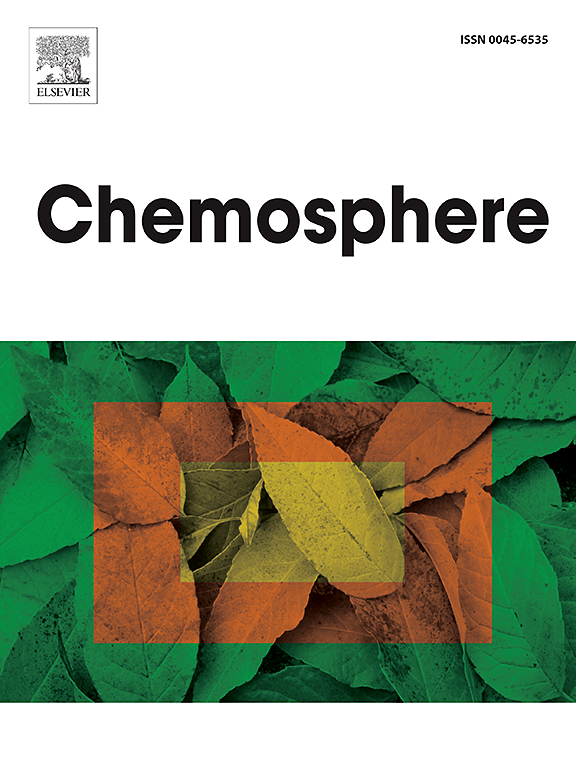萘对HepG2细胞株的时间依赖性细胞毒性研究
IF 8.1
2区 环境科学与生态学
Q1 ENVIRONMENTAL SCIENCES
引用次数: 0
摘要
萘是一种多环芳烃(PAH),常见于工业和家庭环境中。人体可通过吸入、摄入和皮肤接触接触萘。肝脏是萘毒性的主要靶点,HepG2细胞已被广泛用作研究萘对人体细胞毒性作用的模型系统。研究了萘对体外模型(HepG2)细胞株(MTT法)的细胞毒性作用。肝癌细胞毒性暴露结果显示,肝癌的LC50值随时间变化,分别为3.8708、1.7487、121.75和9.5745,持续时间分别为2、3、24和48 h。本研究表明萘是一种细胞毒性化合物,可诱导HepG2细胞株浓度和暴露时间下降。本文章由计算机程序翻译,如有差异,请以英文原文为准。

Time-dependent cytotoxicity of naphthalene on HepG2 cell lines
Naphthalene is a polycyclic aromatic hydrocarbon (PAH) commonly found in industrial and household settings. Human exposure to naphthalene can occur through inhalation, ingestion, and dermal contact. The liver is a major target for naphthalene toxicity, and HepG2 cells have been widely used as a model system to study the cytotoxic effects of naphthalene on human cells. The cytotoxic effect of naphthalene on Invitro models (HepG2) cell lines (MTT assay) was studied by exposing the cell lines to varied concentrations of naphthalene. The results of the cytotoxicity exposure of naphthalene suggest a time-dependent variation in hepatocellular carcinoma with LC50 values of 3.8708, 1.7487, 121.75, and 9.5745 for 2, 3, 24, and 48 h respectively. This study has shown that naphthalene is a cytotoxic compound and can induce a concentration and exposure time decline in HepG2 cell lines.
求助全文
通过发布文献求助,成功后即可免费获取论文全文。
去求助
来源期刊

Chemosphere
环境科学-环境科学
CiteScore
15.80
自引率
8.00%
发文量
4975
审稿时长
3.4 months
期刊介绍:
Chemosphere, being an international multidisciplinary journal, is dedicated to publishing original communications and review articles on chemicals in the environment. The scope covers a wide range of topics, including the identification, quantification, behavior, fate, toxicology, treatment, and remediation of chemicals in the bio-, hydro-, litho-, and atmosphere, ensuring the broad dissemination of research in this field.
 求助内容:
求助内容: 应助结果提醒方式:
应助结果提醒方式:


